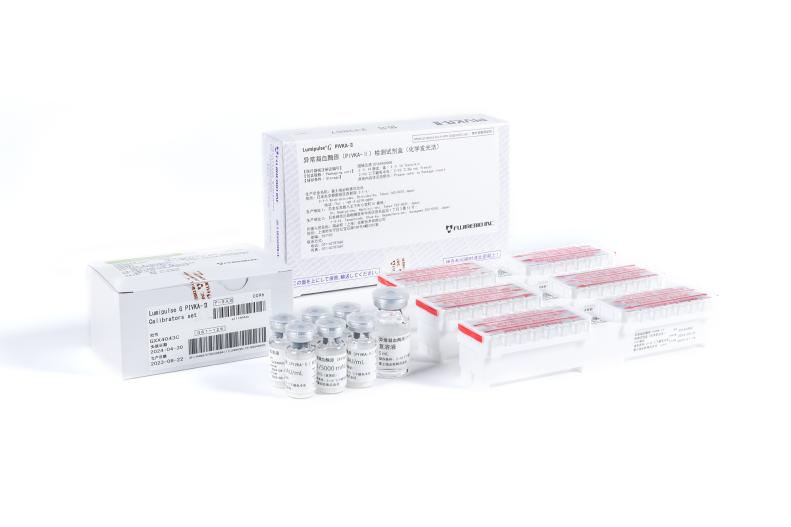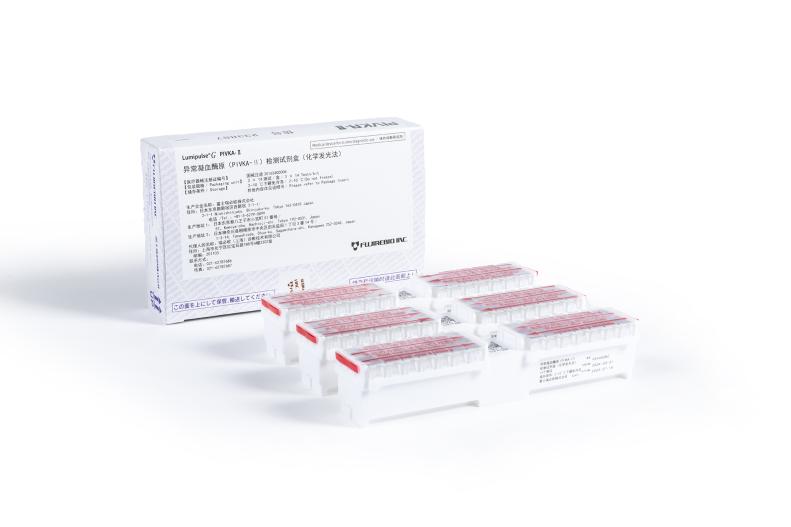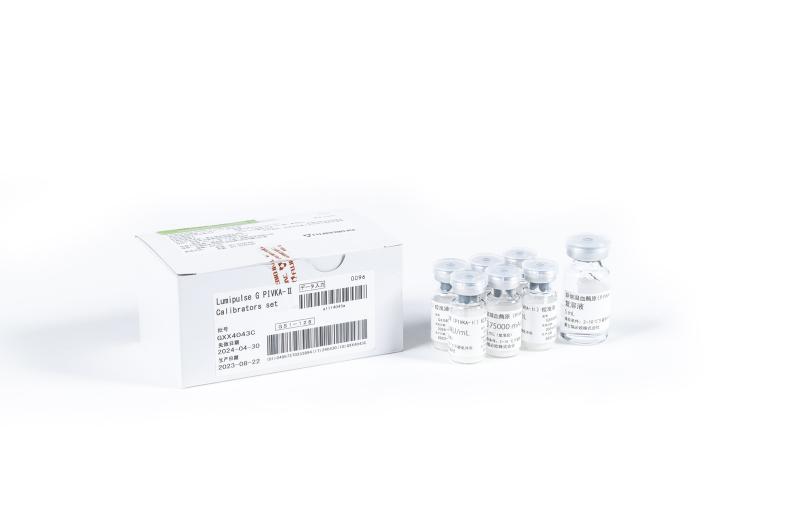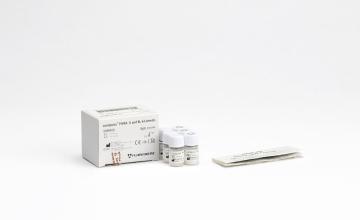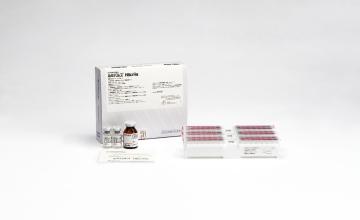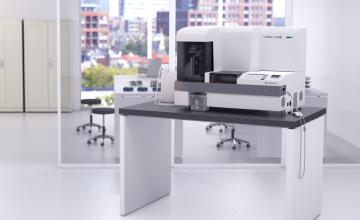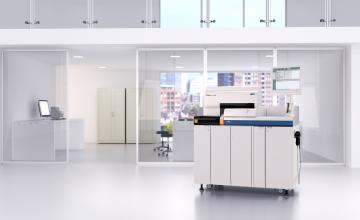Lumipulse® G PIVKA-II
For research use with the automated LUMIPULSE G System for the quantitative measurement of protein induced by vitamin K absence or antagonists-II (PIVKA-II) in human serum.
This product is not for use in diagnostic procedures, for ‘Research Use Only’. This product is for professional use only.
For research use only
Lumipulse® G PIVKA-II Immunoreaction Cartridges
Product number 233887
3 x 14 Tests
Lumipulse® G PIVKA-II Calibrators Set
Product number 233894
2 x 3 x 1.5 ml
Please contact your local Fujirebio representative for the availability of this product in your country.

